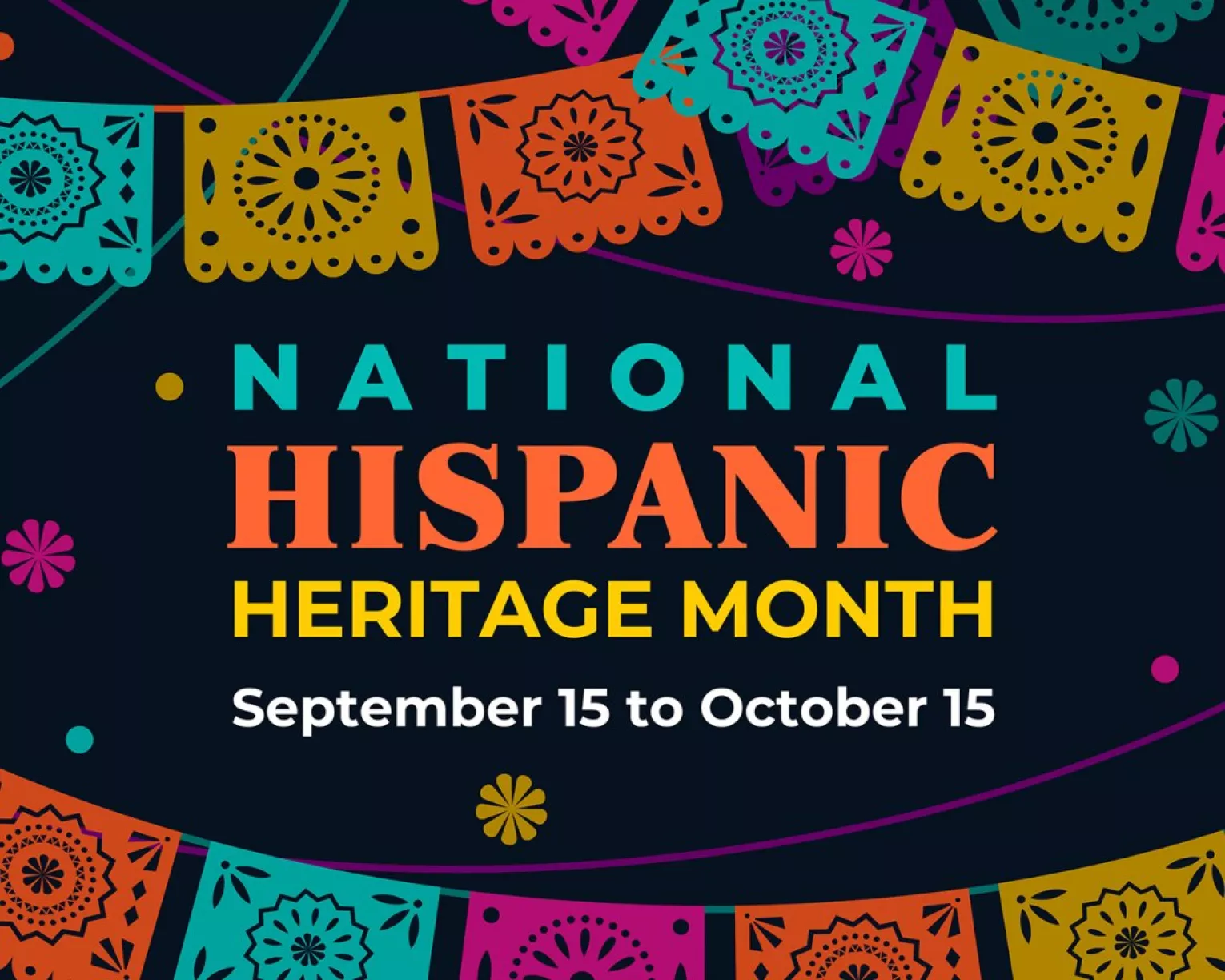Symbols of Diversity & Inclusivity
Displaying a Black Lives Matter, DREAMers, or Pride flag or poster is a great way to show your support for students and let them know that your classroom will be a safe and welcoming space. Many school districts or school boards have official policies in favor of diversity, equity, and inclusion. Those schools may specifically encourage displays of inclusivity.
For example, the Madison Metropolitan School District in Wisconsin has chosen to support transgender, non-binary, and gender-expansive youth. The district made beautiful posters, which are on display in school buildings across the district.
Similarly, the public school districts in Seattle and Chicago have policies in favor of diversity and multiculturalism.
Both districts encourage schools to create welcoming environments for all students. Chicago specifically notes that displays in the hallways and school bulletin boards should reflect the school’s diversity.
It is important to keep in mind that schools control displays in classrooms, school buses, lunchrooms, and other spaces where educators interact with the student body.
If you have not seen others posting similar items in their classrooms, make sure to tell the appropriate school administrator before posting, so that you can address any concerns that they may have.
Your school might prohibit workplace displays such as flags, signs, symbols, or buttons at school—for instance, a Black Lives Matter poster in the classroom or a rainbow Pride button worn during the school day.
Whether such prohibitions are lawful will depend on whether there was a pre-existing policy, and whether that policy is viewpoint-neutral and applied in a viewpoint-neutral manner.
For example, a school’s demand that an educator remove an inclusive flag or poster would likely be legal if there was a written policy prohibiting all non-district sponsored materials and the school had asked educators to take down materials representing other viewpoints as well.
On the other hand, a local union in Oregon was recently successful in challenging a ban on educators displaying Black Lives Matter and Pride symbols; the school board unanimously voted to rescind the policy after settling a lawsuit with the union that alleged the policy violated educators’ constitutional rights and would be enforced in a discriminatory way.
If your administrator objects or your school has specific policies against displaying these types of signs, consult your union representative about how best to proceed. You may face discipline if you knowingly violate school rules.
Although schools control what messages can be displayed, you can push your school administrators and school boards to adopt and support messages of inclusivity. NEA has developed model school board resolutions to support honest and inclusive education practices and to LGBTQ+ youth and immigrant students. These policies have been adopted in some form by a number of school boards throughout the country.
Also note that schools can and in some instances must prohibit teachers from posting messages that are discriminatory.
A teacher in Los Angeles posted items condemning homosexuality in response to the messages supporting LGBTQ+ students featured on bulletin boards as part of the district’s Gay and Lesbian Awareness Month.
The school principal ordered him to take the items down. The teacher sued but lost because the bulletin boards reflected the school’s policy—and the school did not have to include messages that contradicted its own policy.

